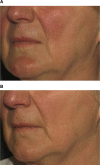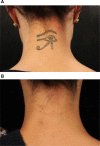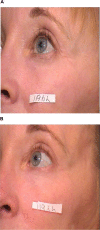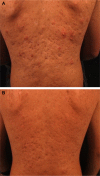The role of lasers and intense pulsed light technology in dermatology
- PMID: 26893574
- PMCID: PMC4745852
- DOI: 10.2147/CCID.S69106
The role of lasers and intense pulsed light technology in dermatology
Abstract
The role of light-based technologies in dermatology has expanded dramatically in recent years. Lasers and intense pulsed light have been used to safely and effectively treat a diverse array of cutaneous conditions, including vascular and pigmented lesions, tattoos, scars, and undesired hair, while also providing extensive therapeutic options for cosmetic rejuvenation and other dermatologic conditions. Dermatologic laser procedures are becoming increasingly popular worldwide, and demand for them has fueled new innovations and clinical applications. These systems continue to evolve and provide enhanced therapeutic outcomes with improved safety profiles. This review highlights the important roles and varied clinical applications that lasers and intense pulsed light play in the dermatologic practice.
Keywords: dermatology; intense pulsed light; laser; technology; treatment.
Figures





References
-
- Tanzi EL, Lupton JR, Alster TS. Lasers in dermatology: four decades of progress. J Am Acad Dermatol. 2003;49(1):1–31. quiz 31–34. - PubMed
-
- Anderson RR, Parrish JA. The optics of human skin. J Invest Dermatol. 1981;77(1):13–19. - PubMed
-
- Anderson RR, Parrish JA. Selective photothermolysis: precise microsurgery by selective absorption of pulsed radiation. Science. 1983;220(4596):524–527. - PubMed
-
- Astafyeva LG, Gade R, Schmidt WD, Ledneva GP, Wollina U, Fassler D. Laser heating of biological tissue with blood vessels: modeling and clinical trials. Opt Spectrosc. 2006;100(5):789–796.
-
- Wat H, Wu DC, Rao J, Goldman MP. Application of intense pulsed light in the treatment of dermatologic disease: a systematic review. Dermatol Surg. 2014;40(4):359–377. - PubMed
Publication types
LinkOut - more resources
Full Text Sources
Other Literature Sources

